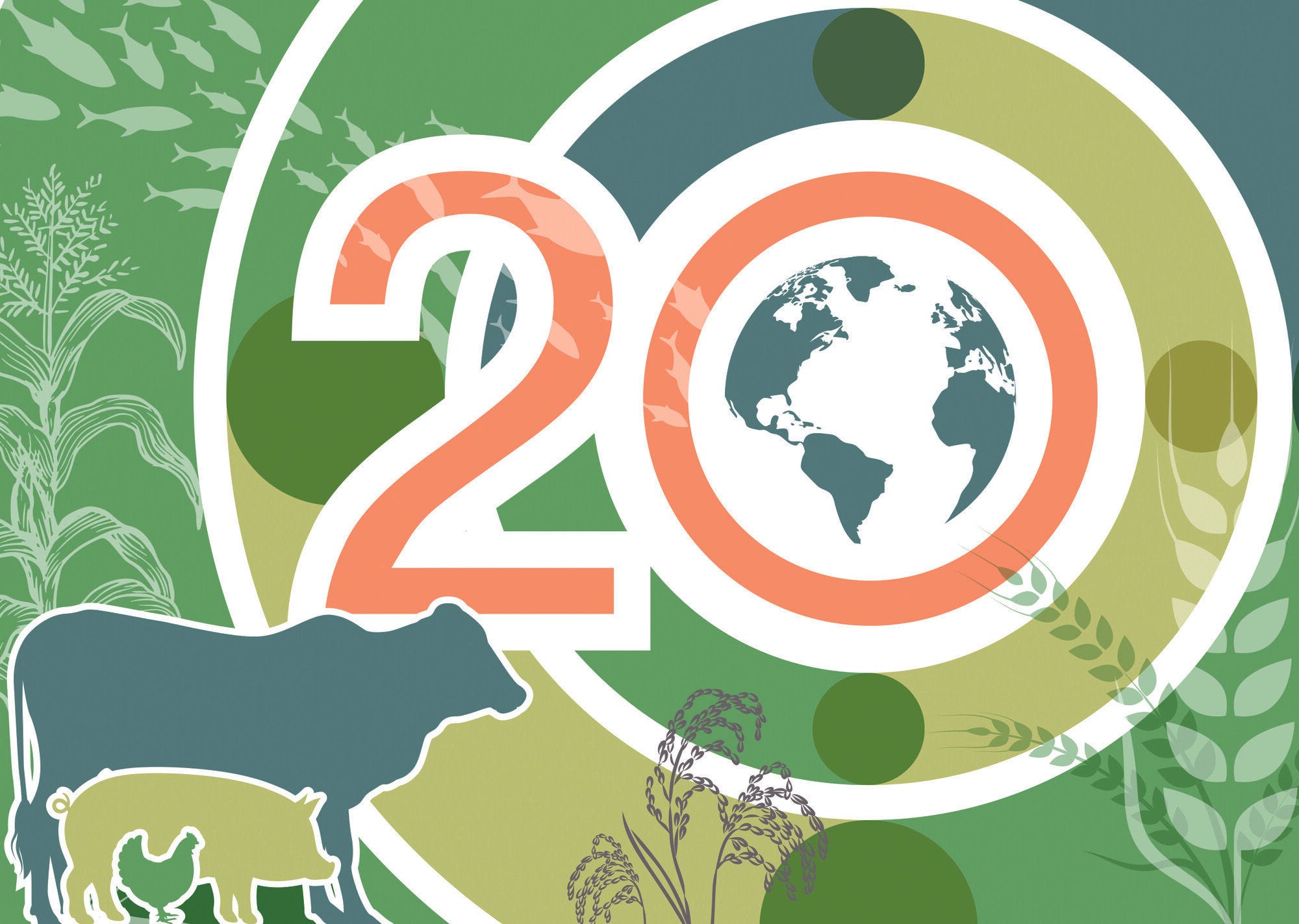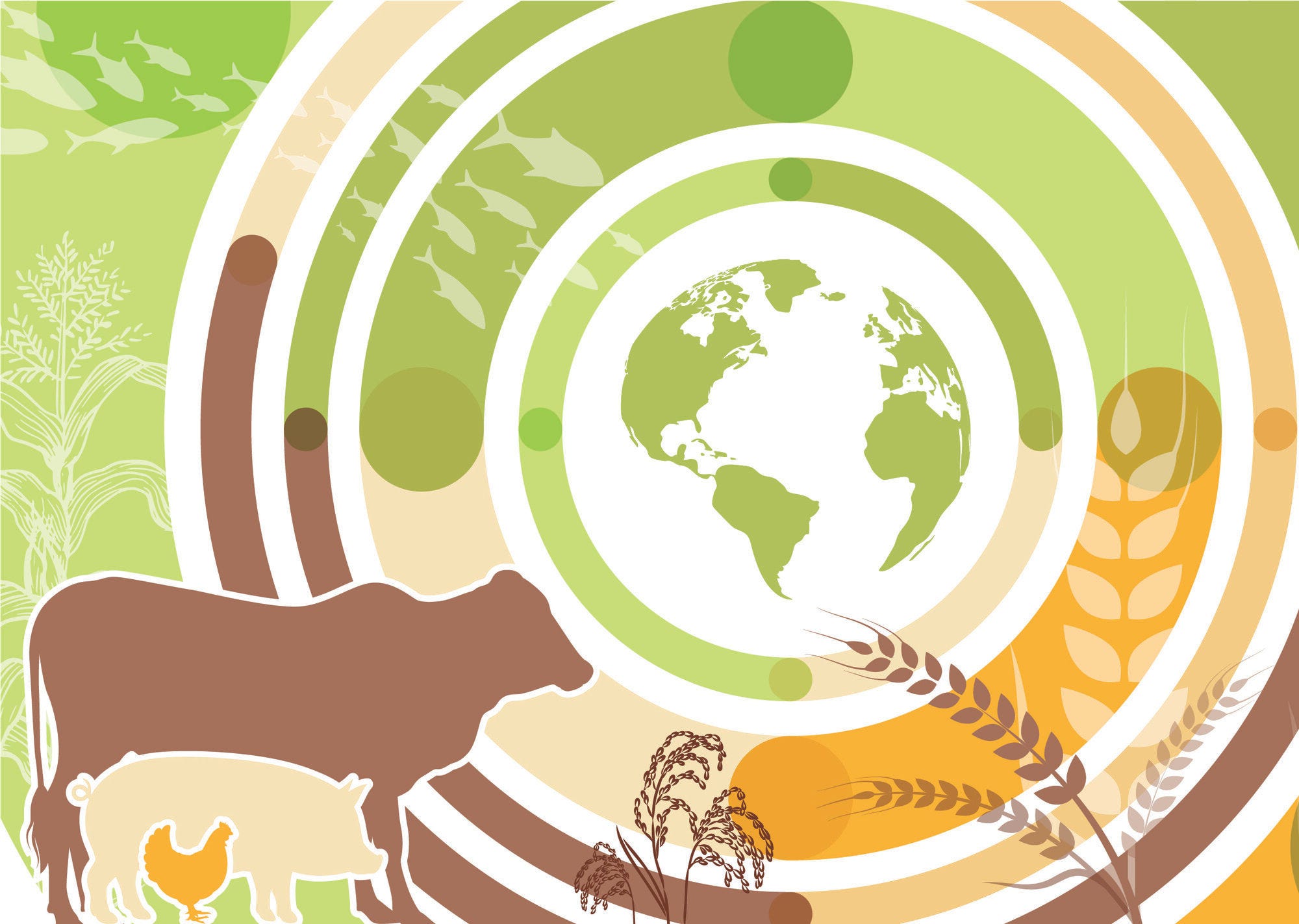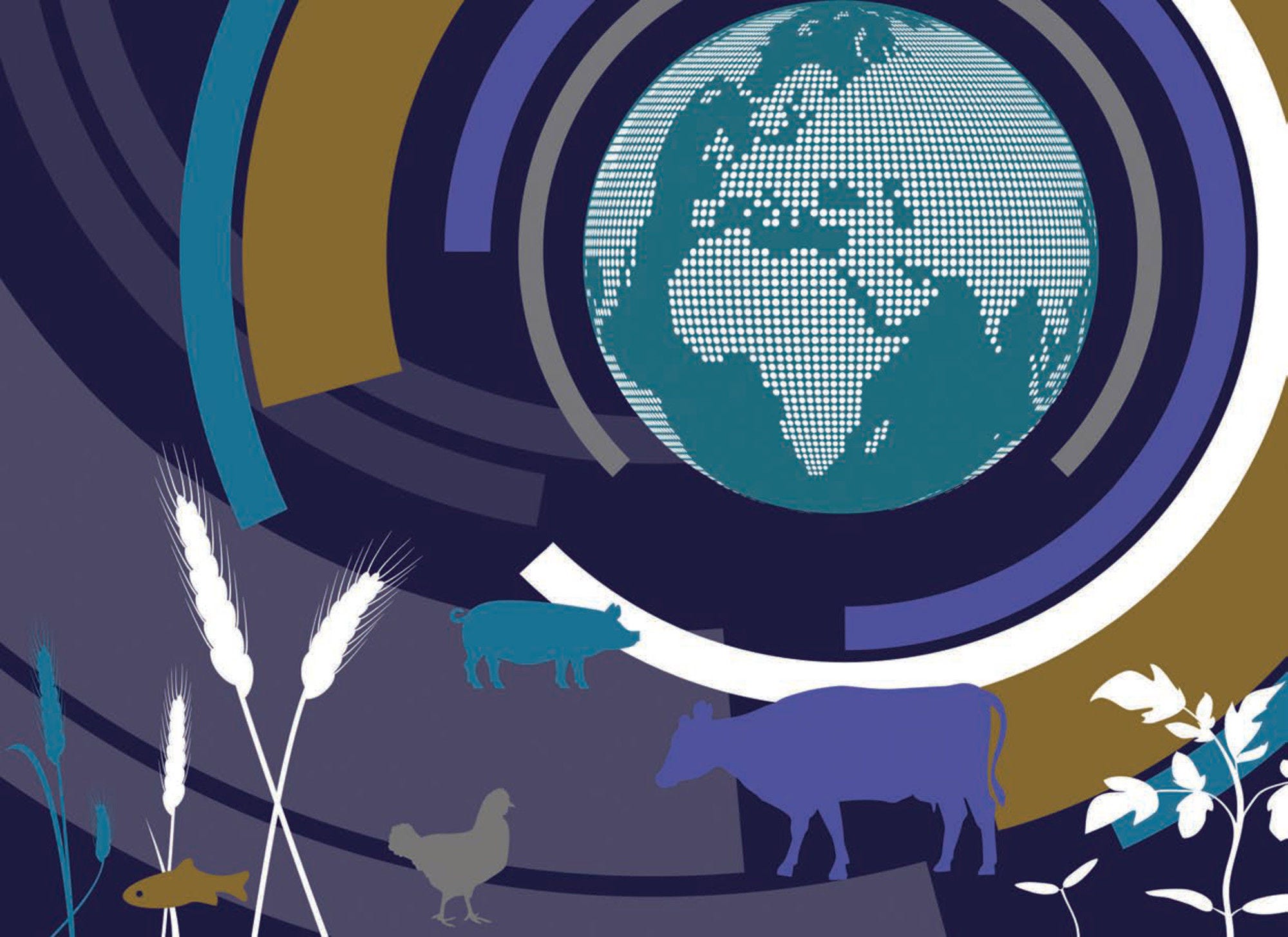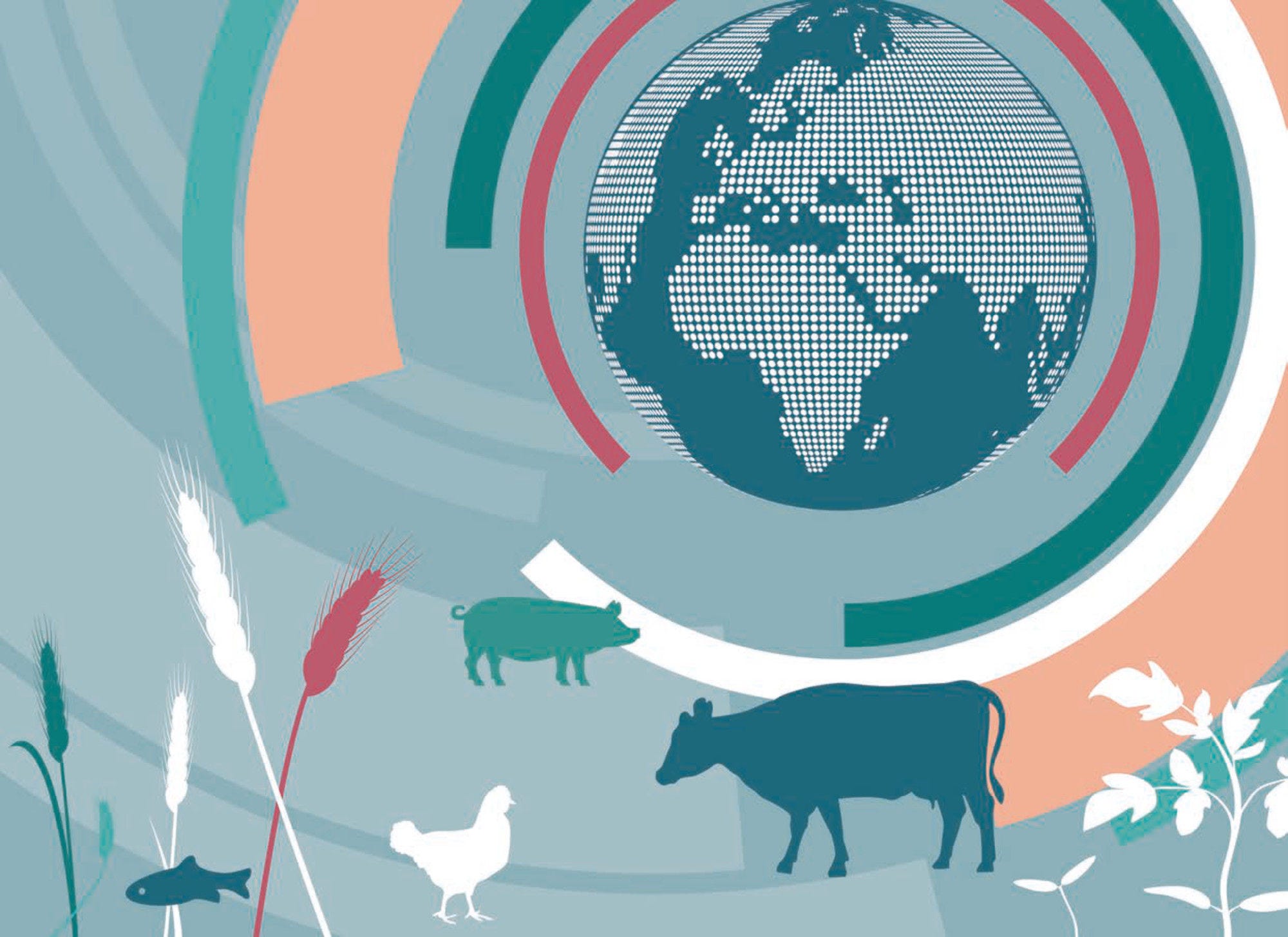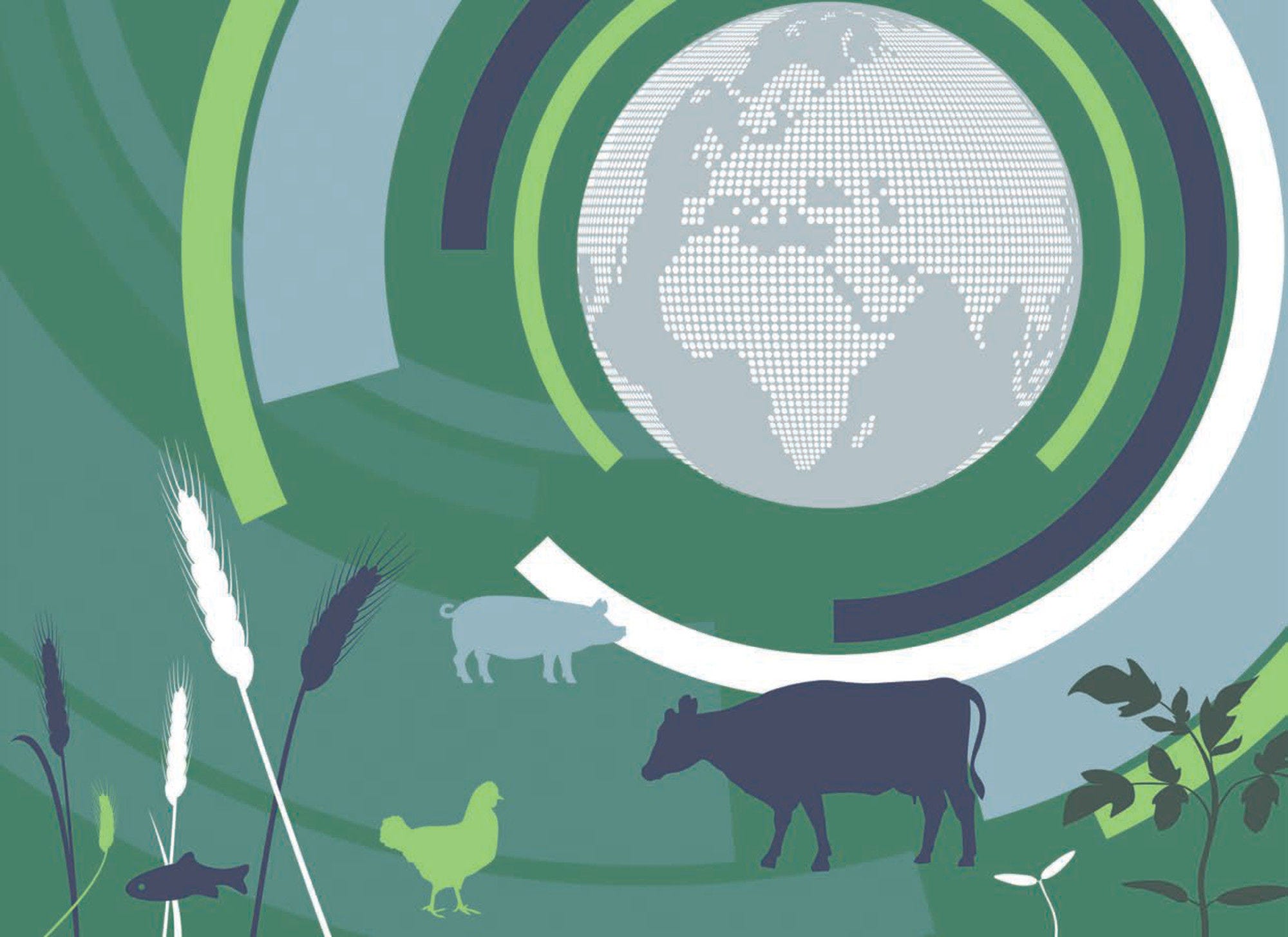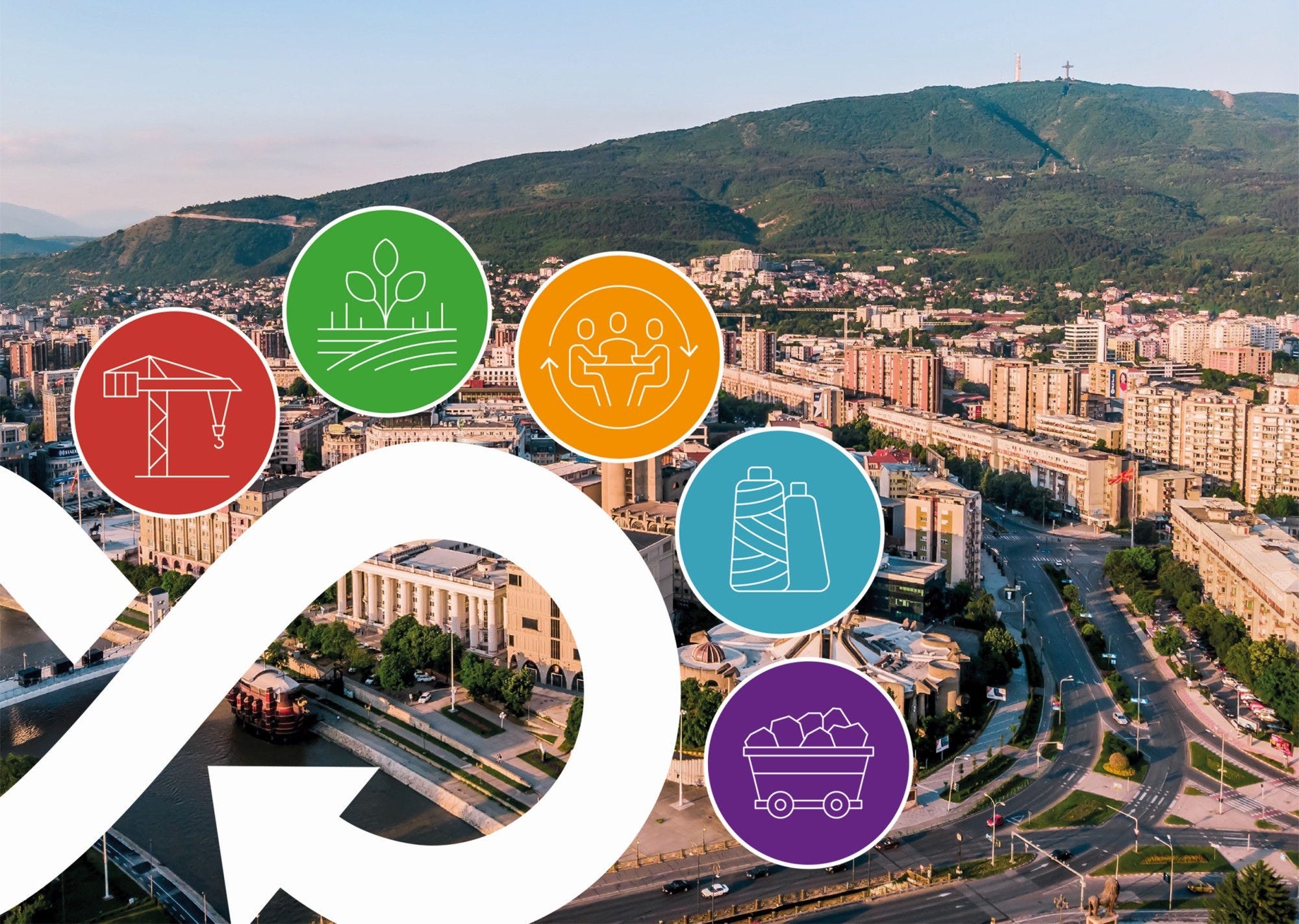The OECD-FAO Agricultural Outlook 2024-2033 provides a comprehensive analysis of the ten-year prospects for agricultural commodity and fish markets at national, regional, and global levels. The Outlook has been produced jointly by the OECD and FAO for 20 years, in collaboration with their Members and international commodity organisations. It serves as a structured reference for policy planning, especially in the context of the recent global COVID-19 pandemic, rising geopolitical tensions and the increasing impact of climate change. This 20th joint Agricultural Outlook reflects on the evolution of global agriculture over the past two decades and provides projections through to 2033.
Emerging economies have increasingly driven global agricultural and fisheries market developments over the last 20 years and are expected to continue to do so over the next decade.
The last 20 years have seen the consumption of agricultural commodities expand, driven mainly by population and income growth in low- and middle-income economies. These countries have also rapidly increased their production through technology and innovation advances, and by increasing the use of their natural resources. The resulting shifts in agricultural production and consumption locations have led to changes in international agricultural trade patterns.
The role of the People’s Republic of China in driving global food and agricultural consumption is waning, whilst India and Southeast Asian countries are expected to expand their global consumption share, driven by their growing urban population and increasing affluence.
The Outlook baseline projections suggest that the influence of the People’s Republic of China (hereafter “China”), India and Southeast Asian countries on global agrifood systems will continue to grow over the coming ten years. However, while China contributed 28% of global consumption growth in the previous decade, its share of additional demand over the coming decade is expected to fall to 11%, attributed to a stabilisation of nutrition patterns, slower income growth and declining population. Conversely, India and Southeast Asian countries are expected to account for 31% of global consumption growth by 2033, driven by their growing urban population and increasing affluence.
Total use of agricultural and fisheries products is projected to grow by 1.0% annually over the next decade, located largely in low- and middle-income countries. Global food consumption is projected to increase by 1.2% annually due to population and income growth. In most regions, the growth of feed use of crops is expected to outpace growth in direct food use, driven by the projected shift to higher shares of animal-derived foods in diets and the resulting expansion and intensification of livestock production.
Calorie intake is expected to increase by 7% in middle-income countries, largely due to greater consumption of staples, livestock products and fats. Calorie intake in low-income countries will grow at 4%, too slowly to achieve the Sustainable Development Goal target of zero hunger by 2030.
In middle-income countries, average daily per capita calorie intake will increase by 7% by 2033, driven by greater consumption of staples, livestock products and fats. In low-income countries average calorie intake is expected to grow by only 4%, indicating that the global community will fail to achieve the Sustainable Development Goal (SDG) 2 target of eliminating hunger by 2030. Income constraints in these countries are also hampering the transition to more nutrient- and protein-rich diets based on animal products, fish and seafood, vegetables and fruits, leading to a continuing heavy reliance on staples. Dietary preferences in high-income countries reflect growing concerns over the links between diets, health and sustainability, as evidenced by a slightly declining intake of fats and sweeteners, as well as shifting and stabilising protein intake over the coming decade.
Agriculture’s global greenhouse gas (GHG) emissions intensity is expected to decline as production growth will be based on productivity improvements rather than cultivated land expansion although direct emissions from agriculture will still increase by 5%.
Over the coming decade, the carbon intensity of agricultural production is projected to continue to fall across the seven regions studied in this Outlook as direct agricultural GHG emissions (according to the Intergovernmental Panel on Climate Change (IPCC) definition) grow more slowly than agricultural production. However, despite this relative decoupling, growing agricultural production will lead to a 5% absolute increase in direct GHG emissions.
Growth in crop production is projected to be driven primarily by productivity increases on existing land, rather than an expansion of the cultivated area. Similarly, a significant proportion of the growth in livestock and fish production is also expected to result from productivity improvements, although herd expansions will also contribute to production growth. Despite these expected productivity improvements, particularly in low- and middle-income countries, significant productivity gaps are projected to persist, challenging farm incomes and food security and increasing countries’ dependence on food imports.
Halving food loss and waste by 2030 has the potential to reduce global agricultural GHG emissions by 4% and the number of undernourished people by 153 million.
This year's Outlook features a stylised scenario that simulates the impact of halving food losses along supply chains and food waste at the retail and consumer levels by 2030 (SDG 12.3.). The scenario projects a potential 4% reduction in global agricultural GHG emissions by 2030, distributed relatively evenly across countries regardless of income levels. It also projects food prices to fall, resulting in increased food intake in low- (+10%) and lower-middle-income (+6%) countries. reducing the number of undernourished people by 153 million (-26%) by 2030. While the scenario illustrates potential benefits for consumers and the environment, it also points to challenges for producers, as lower producer prices and decreased production would notably impact their livelihoods.
Well-functioning international agricultural commodity markets will remain important for global food security as 20% of calories are traded and rural livelihoods benefit from participation in markets and global agrifood value chains.
Agricultural trade continues to grow in line with production and consumption, with approximately 20% of all calories crossing borders before being consumed. At the same time, the COVID-19 pandemic and geopolitical tensions have highlighted the vulnerability of international agricultural trade. While the traded share of production is projected to stabilise, the volumes of commodities traded globally are expected to grow further, seeing shipments increase between net exporting and net importing regions in the coming decade. Latin America and the Caribbean, North America, Europe and Central Asia are all projected to reinforce their positions as major net exporters of agricultural commodities, thereby creating additional opportunities for farmers to benefit from the participation in global food supply chains. Net imports by Asia and Africa will continue to expand, as the growth of demand is projected to outpace growth in production. This highlights the importance of well-functioning markets and the need for resilient trading systems to ensure global access to safe and nutritious food, while supporting income generation across agricultural industries and mitigating the impact of localised shocks, such as crop failures or extreme weather events.
A slight fall in real international reference prices for main agricultural commodities is projected over the next ten years but this may not be reflected in local retail food prices.
Supply and demand factors are expected to maintain or marginally reduce real international reference prices for main agricultural commodities over the next ten years (assuming no deviation from stable weather conditions, macroeconomic and policy assumptions, and continued technological improvements). However, these lower real international commodity prices may not be reflected in local retail food prices, due to domestic inflation and currency devaluation as well as high domestic logistics and processing costs sustaining or widening the wedge between international commodity and retail food prices. Such exacerbating local conditions may pose challenges to livelihoods and threaten the food security of vulnerable consumers.
